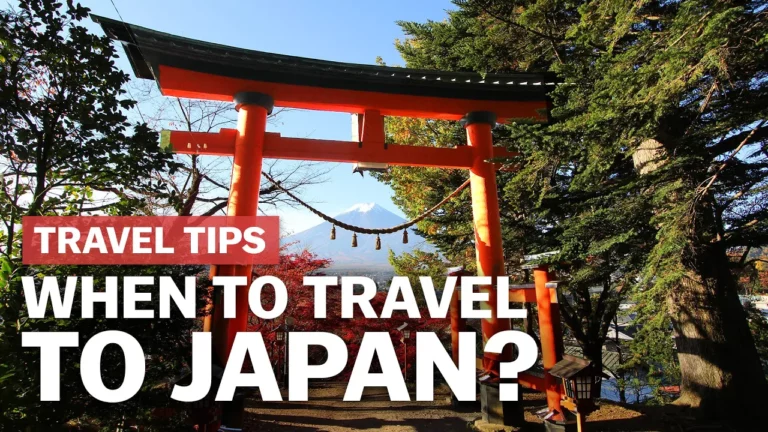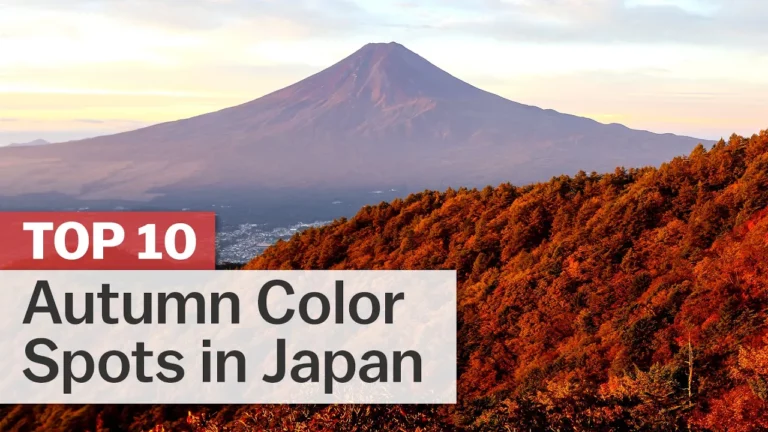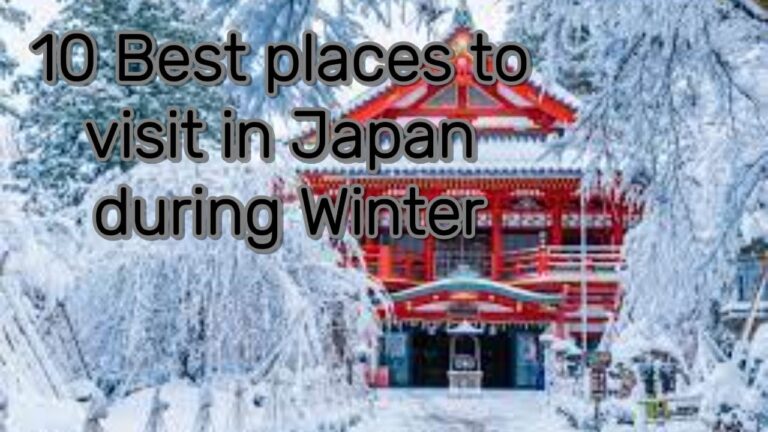Japan transforms into a winter wonderland from December through February, offering a plethora of unique experiences and attractions for travelers. With tourism levels surpassing pre-pandemic figures, visitors are invited to immerse themselves in the enchanting blend of traditional culture and modern conveniences while navigating the seasonal charm that Japan offers.
One crucial aspect to consider is the weather. Japan’s northern regions, particularly Hokkaido, are known for heavy snowfall, while southern areas like Okinawa experience milder temperatures. This means that packing for your trip requires careful consideration of your itinerary and intended locations. If you’re heading north or into mountainous areas, be sure to include thermal wear, heavy coats, waterproof boots, and winter accessories. For those traveling to urban areas like Tokyo, layering is recommended to adapt to the varying temperatures throughout the day and night.
When it comes to experiencing authentic Japanese culture during winter, look no further than traditional ryokans. These traditional inns are especially popular in onsen (hot spring) towns, providing guests with a unique and relaxing experience amidst crisp winter air and hot waters. However, travelers with tattoos need to do their research on tattoo-friendly onsens, as some places have restrictions in place. Options like private onsen or using tattoo covers are excellent ways to enjoy this cherished Japanese practice.
Japan’s winter illuminations are a must-see, transforming cityscapes into magical realms of light. Starting in November and continuing through March, these displays provide unforgettable nighttime outings. Should you find yourself in Tokyo, don’t miss the Ashikaga Flower Park, renowned for its spectacular winter illumination.
As winter festivities unfold, another fascinating aspect of Japanese culture is how Christmas is celebrated. Instead of the traditional holiday fare, many Japanese people indulge in a special meal of fried chicken, Christmas cake, and other festive treats from a well-known food outlet— a quirky yet beloved custom.
Japan is also famous for its seasonal foods. Winter treats such as nabe (hot pot), oden (a comforting stew), yakimo (roasted sweet potatoes), kani (crab), and amazake (a sweet, low-alcohol drink) are essential parts of the seasonal dining experience, allowing visitors to savor the country’s culinary richness.
For those planning their travel itinerary, be aware of new attractions set to open in 2024, such as Team Lab Borderless and Toyosu Senkyaku Banrai. These experiences promise to captivate visitors with immersive environments and the essence of Edo-period Japan captured in a modern setting.
With tourism on the rise, visitors are encouraged to explore lesser-known destinations beyond popular tourist trails to avoid overcrowding and enjoy a more authentic experience. Additionally, the Japan Rail Pass has seen price adjustments, making it pivotal to evaluate travel options that best suit your itinerary.
In summary, a well-prepared trip can lead to unforgettable experiences in Japan’s beautiful winter landscape. Embrace the vibrant cultural offerings and seasonal charm while savoring the warmth of hot springs and savory cuisine. This winter, allow Japan’s beauty to captivate you, guiding you on an adventure filled with charm, warmth, and cherished memories.












